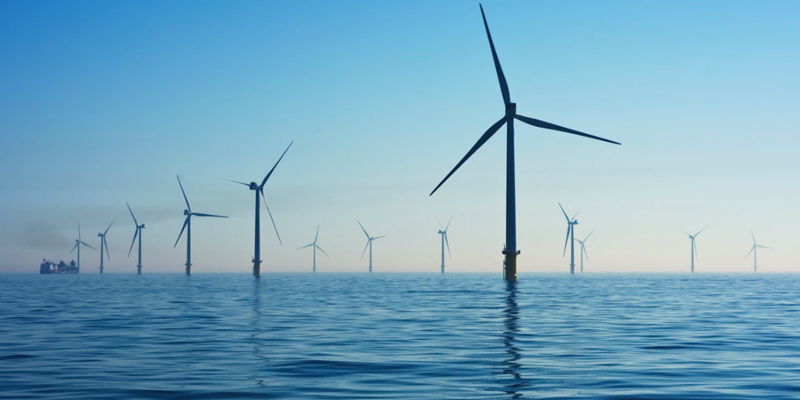
Rhode Island Energy (National Grid) Correctly Nixes Revolution Wind 2
A lot going on, I know; e.g.,everybody good with their nomination signatures to get on the CD1 ballot …?
But I didn’t want to let this go by without flagging. Citing “higher proposed contract costs”, Rhode Island Energy, formerly National Grid, announced Tuesday that it declined the Revolution Wind 2 offshore wind proposal, the sole bid received in the most recent offshore wind solicitation.
Commonwealth Magazine calls this development “ominous”. No, actually, it is good news for our electric bills, at least short term. What is ominous is that the project may come back around, like an even more expensive bad penny.
… developers hope to rebid the contracts in the state’s next procurement in 2024, presumably at much higher prices.
“Much higher prices”?? Yikes, even before that, federal subsidies; installation and maintenance costs; its intermittency requiring either back up generating capacity or expensive battery storage; and state mandates for ratepayers to purchase it make wind power significantly more expensive than fossil fuel and nuclear. And looking ahead, wind power is projected to cost three times natural gas power, per the US Energy Information Administration .
The other major downside of offshore wind, as referenced above, is that it is “highly intermittent”; a.k.a., unreliable. The solution almost blithely proposed by renewables advocates is for the grid to purchase industrial battery storage; on the tab of the ratepayer, we should note. But battery storage is costly and the mining of a key component, lithium, is highly toxic.
It is important to identify the party responsible for this madness. It is not Rhode Island Energy. While they reiterated their support for “expansion of offshore wind in Rhode Island” in their statement Tuesday, they are just carrying out orders.
Culpability for the mandate to move Rhode Island away from reliable, reasonably priced fossil fuel energy sources towards expensive, not-ready-for-prime time energy sources rests entirely with the state’s leaders and legislators. They harbor intense, gauzy illusions about the feasibility and necessity of transitioning 100% to expensive, not-ready-for-prime time energy sources. They seem, at least at this point, comfortable – a little too comfortable – with saddling state rate-payers with exorbitantly high electric bills that will result in zero benefit to the planet and the state.
But for the moment, let us just dwell on Tuesday’s modest win and add a few other items of “good news”. Speaking of wind power, in case you missed it, someone has made the ground-breaking, greenhouse gas-busting discovery that ships can be propelled across the water … oooo, by wind. And it turns out that the Terminator, thank heavens, has been on the global warming case for a while. Don’t miss his new-fangled, zero emission way for you to dry your laundry, not to mention his … umm, novel carbon-capture method for tailpipe emissions. (Do NOT try this at home – or anywhere – kids.)
Still to be determined is whether the above newly-discovered wind method of propelling ships can be adapted to power Arnold’s private jet.
[Image: Nicholas Doherty via Unsplash]


Monique this might be one of the few times I agree with you but don’t let it go to your head! There are a lot of construction variables in play here which dictate the price per kWh. State of Hawaii only has 5 land based small wind farms on 3 of the 8 Islands.There is no intent to have offshore expensive wind farms in Hawaii to protect our 10,000 plus whales and national breeding grounds. Hawaii had a hell of a time trying to hide the wind turbines from pristine tropical views. Wind farms do not provide baseline firm electric power but alternating fluctuating variable electric power which is not “name plate power” because wind turbines do not operate at 100% output. EPA derates wind turbines by 33% on “name plate power” to get average usable output power. Don’t forget, the output power must still be mixed with stable baseline power (like from a gas/oil/nuclear/hydro power plant to stabilize it for grid use. State of Hawaii has designed and developed 4 first in world alternate green energy baseline power plants that directly send usable electric power to the grid for use 24/7 operating 365-days a year. One system is 100% ocean water based and three are solar based operating in various configuration as peaker power plants and backup generators plus micro Grids. The 8 Hawaii Islands are state-wide operating on 32% renewable energy but individual islands are operating at 50% and 60% with 1 island operating near 80% and 100% renewable energy part of each day.
[…] week came the good news (for our electric bills) that Rhode Island Energy, formerly National Grid, had declined the […]